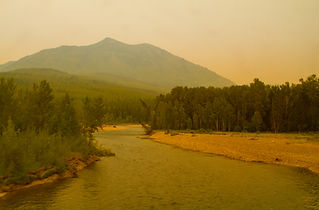
Kasia Ozga
Greensboro, NC
Kasia Ozga is a Polish-French-American sculptor and installation artist most recently based between Greensboro, NC and Saint-Étienne, France. She reuses, revalues, and reanimates mass-produced materials into unique artworks and inverts the associations made with different types of waste. Ozga is a former Kosciuszko Foundation Fellowship recipient, a Harriet Hale Woolley grantee from the Fondation des Etats-Unis, a Jerome Fellowship recipient at Franconia Sculpture Park, and a Paul-Louis Weiller award recipient from the French Académie des Beaux-Arts. Her work has been exhibited in over 15 different countries and she has participated widely in residencies in Europe and North America, including Shakers, Nekatoenea, Pépinières Européennes de Création, ACRE, and KHN. Currently an Assistant Professor of Sculpture at UNCG, Ozga holds a PhD from the University of Paris 8, an MFA from the Jan Matejko Academy of Fine Arts in Krakow, and a BFA from the SMFA at Tufts University, Boston.
featured artwork
 "RE_MOVE N.22" batik, ink, and watercolor pencil on handmade paper, 2020 |  "RE_MOVE N.24" batik, ink, and watercolor pencil on handmade paper, 2020 |
|---|
responding to SIGHTLINES
My work begins and ends in the human body. Our remnants (what we cast off and leave behind in the form of waste, trash, memory etc.) ground and connect us to the earth. My work asks where the things in our lives come from and where they go once we’ve used them. By representing and re-animating remains, I explore the potential of materials to ask questions and to evoke larger environmental relationships. I reuse and revalue ordinary and mass produced materials into something one-of-a-kind.
The RE_MOVE series is the product of a transatlantic dialogue in image and text from 2019-2020 between myself and poet Dan Rosenberg. The images engage a batik process with materials reclaimed from multiple former and ongoing projects including handmade paper, architectural drawing templates, thread, and found pigments. Fire, and its effects on the built and natural environments from the Notre Dame Cathedral in France to forests in North America, is a recurring theme in the series.
I have visited the Pacific Northwest several times over the past few years, primarily during the summer months. These trips have been marked by moments of wonder at the immense scale of the region's trees and open spaces and exhaustion from the intense thick smoke that blankets the region when forest fires are in abundance. From the stark rocky beaches of the Pacific Coast to primordial tree trunks at Olympic National Park to mountain meadows blooming for brief windows of opportunity near Mount Rainier to hazy orange skies at Glacier National Park, I am drawn to these places that reify the natural and invite me to question how we as a species shape our landscapes in the context of the Anthropocene.
more from Kasia's perspective


Photos taken by Kasia from a moving train in Glacier National Park in Montana during an extensive fire episode on the West Coast in 2021. Hazy skies have begun to appear earlier and earlier in the region, from year to year, as heat and particulate pollution increase. The acrid taste of warm thick air affects our lungs, but also our eyes, changing how we perceive the natural environment even in sites associated with pristine beauty and fresh, reinvigorating experiences for the body and mind.




